Flight Test
Guy Leitch
I have been privileged to have flown the most fantastic variety of planes – from the Denel Cheetah for an air-to-air refuelling mission, to a ninety-year-old Tiger Moth. So I suppose it’s natural that I occasionally get asked an impossible question by a young bright-eyed aviation enthusiast: What’s your favourite plane?
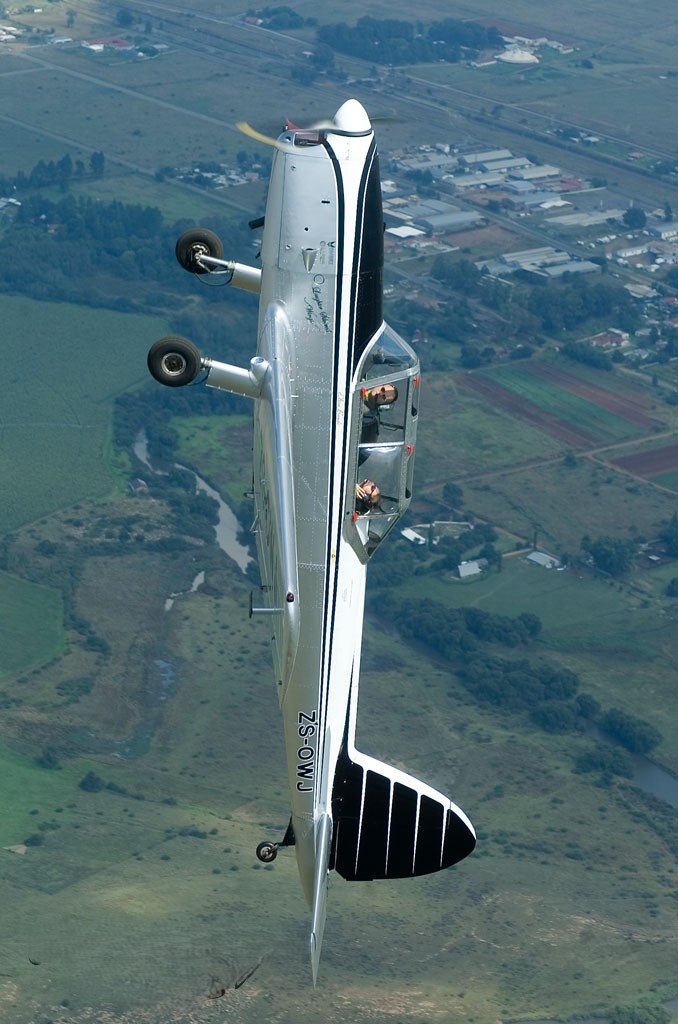
A truthful answer usually requires lots of umms and ahhs. Do you mean – the biggest thrill? – or the most satisfying? – or the most enthralling big jet? – or the mixed pleasure of flying the one that I own?
But if I stop and think about the nicest plane I have ever flown, the answer is easy but perhaps surprising. It’s the venerable and humble, de Havilland Chipmunk. It is of some comfort to me that the venerable Jim Davis agrees.
Why do I like the Chippy above all others?
Here are my random top six reasons:
- Because it’s got the most beautifully harmonised controls. The breakout forces are low and the response is brisk, proportional and smooth. The only plane that approaches the Chippy in control feel is the Sling 2.
- Because it’s got a low wing. Yes, I prefer low wings because: You can see out better, they are not as claustrophobic as having your head in the wing, the wheels attach in a sensible place, it’s easier to get in and out of, etc etc – and they just look better.
- Because it’s got tandem seating with a spacious glass house sliding canopy that lets you see out left and right equally – and that makes you feel like you could be flying a Spitfire. As you taxy in, you can slide the canopy back and wave to the many admirers (of the plane – not your flying).
- Because it’s an icon. It’s an eighty year-old design with curmudgeonly systems appropriate to its age. Its inverted four-cylinder engine looks like it comes from the railways with its huge green handles and brass knobs.
- It has trained thousands – if not hundreds of thousands – of neophyte pilots and is capable of gentleman aerobatics yet, thanks to its clean design, has a reasonable turn of speed for a 145hp engine and fixed pitch prop.
- And … the Gypsey Major engine is not subject to the idiotic 12-year rule.
DEVELOPMENT
The de Havilland Canada Chipmunk was conceived immediately after the Second World War to replace the aging Tiger Moth, an 1920’s era wooden biplane. The Chipmunk was designed as an all-round military trainer, which amongst its many other virtues is fully capable of aerobatics. In fact its aerobatic capability was so well regarded in the 1960s and 70s that Professor Art Scholl, the aerobatic ace of that period, built a ‘Super Chipmunk’ by mounting a 260hp Lycoming on a Chipmunk airframe to compete in international competition.
The Chipmunk represented the latest technology of that time, incorporating many design features from WWII fighters, such as an all metal airframe, enclosed cockpit, flaps, and ‘blind flying’ instruments, amongst other ‘high-tech’ refinements over the Tiger.
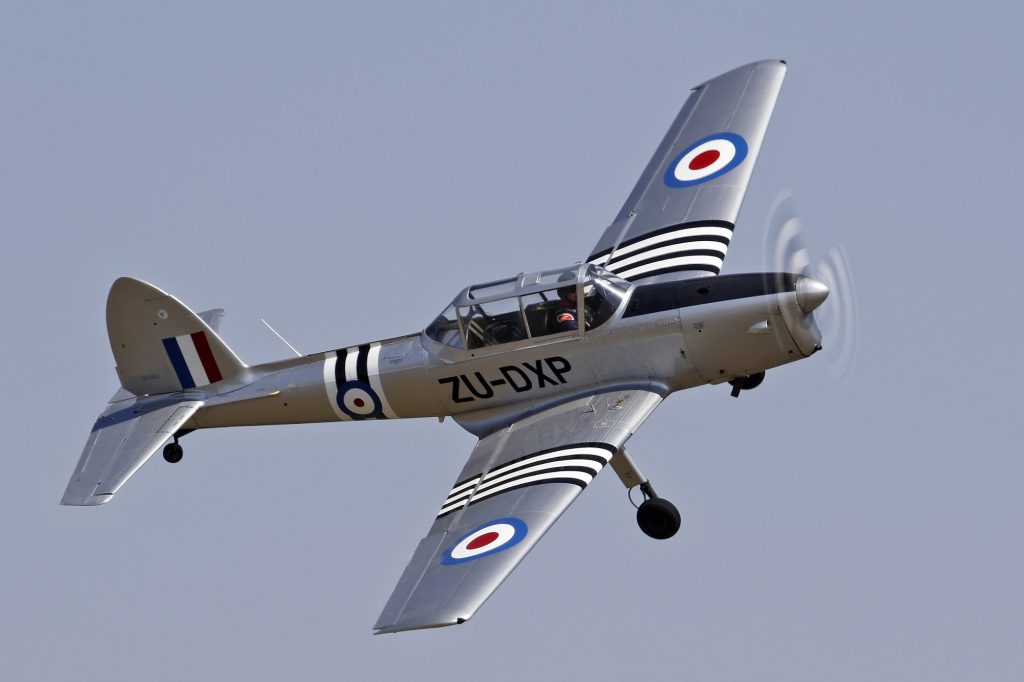
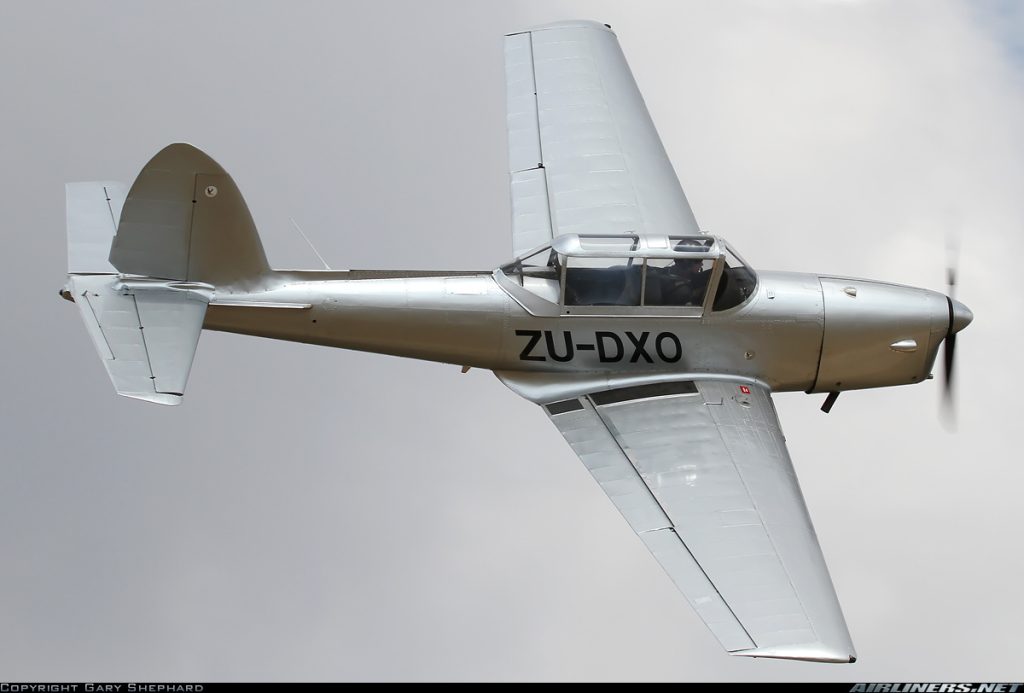
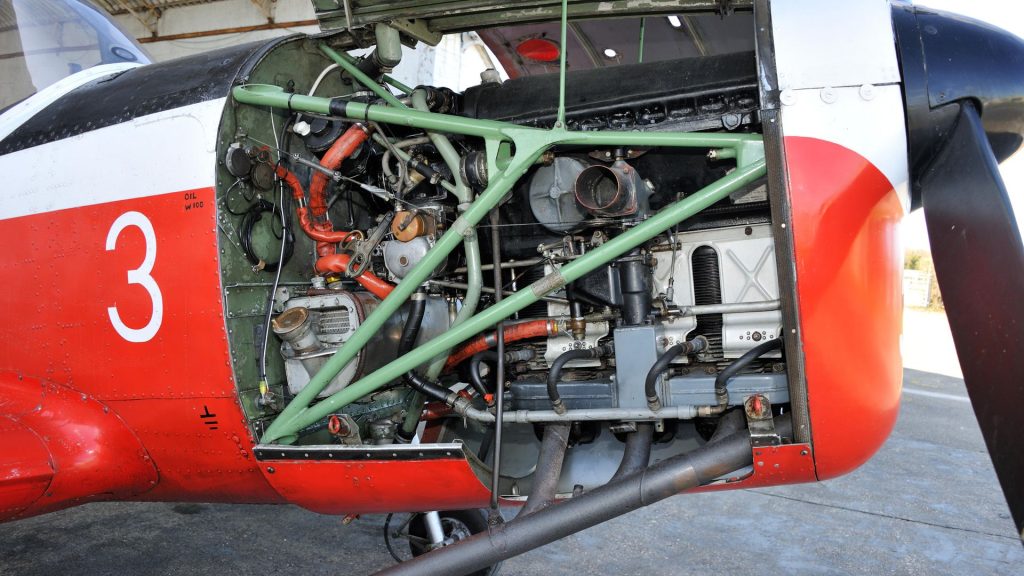
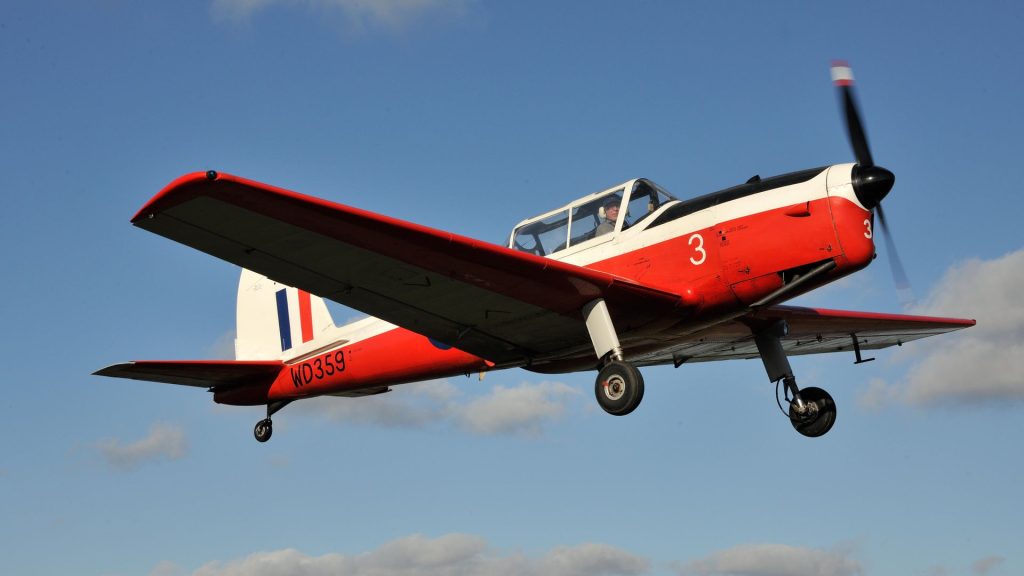
ON THE GROUND
In a paean of praise a few years ago, Jim Davis said, “As you approach the Chipmunk you can see why it is called the poor man’s Spitfire. Unlike the Harvard and Provost, the Chippy is sleek – there’s no blunt radial to butt through the airflow. The long greenhouse cockpit lets you know it’s a military aircraft with fore-and-aft seating.
You wear an overall, no nancy-pants or skirts. You are flying a manly aeroplane and you will get manly oil on your hands and clothes.
First check that there are chocks in position, then slide the canopy back and make sure the mags and master are off, the throttle is closed and the brake is on. There is good reason for this caution, which I will tell you about in a minute. Then you untie the harness which is looped round the stick as a control lock.
If you plan on some aerobatics, and that’s half the point of flying a Chippy, then you must check that the parachutes that form the seat cushions have recent date tags on them.
Most of the pre-flight is standard, but when you get to the front you need to understand machinery. Open the cowls on both sides to inspect the big oily lump of ageing British agricultural engineering. It has some curious features like the scraper on the oil filter. You have to dig into the dingy mass of pipes and cables behind the engine to find a T-handle that must be turned through at least 360 degrees. It is extremely awkward and very stiff, and you are sure to puncture your arm on a split pin or piece of locking wire. Due to its unpleasantness, this procedure is glossed over by most pilots, which makes it all the more important that you do it.
Next, unscrew the massive brass oil cap and dipstick. There’s no need to check it – it definitely needs oil, simply pour in straight 100 – not ‘W’ – and keep pouring until it’s full. Mr de Havilland is happy for it to drink two pints (1 litre) an hour.
Then there’s the impulse mag, on the right. Those who have flown behind Gypsy engines will recognise this antique device by the scars and dents at its base, where it has been pounded with various objects, including hammers, picketing pegs and tyre levers. The problem is that the impulse mechanism often sticks; and has done for well over half a century. Why fix it when you can easily make it work by belting it with something heavy?
Ah! And how do you know it needs belting? Well you turn the prop and listen for a clonk. If there’s none, this means the thing has stuck again, so you need pound it – preferably with the handle of a hammer, but if nothing else comes to hand, a rock is fine. Then you pull the prop through another compression and listen. Keep repeating until you get a clonk.
On each side of the engine you will find a Bakelite magneto cap that has a thick earth wire attached. If you have any interest in mechanical things, you will be tempted to unclip and remove the cap to admire the points and the magnificent brass mechanisms within. DON’T DO IT. I mean really don’t do it, because if you do, you break the connection to earth – which makes that mag live. You are now one short inquisitive step from pulling the prop through to watch how the cam ring opens the points, and beheading yourself as the engine fires.
On the left-hand side you will find two mechanical fuel pumps, one has a lever which allows you to pump fuel to the carburettor, provided, of course, that the camshaft is in the correct position. If it is not, you can pump, but nothing happens. You only know if it’s working if you pull a ring on the end of a piece of wire while pumping. The wire pulls a series of levers which depress the tickler on the carburettor float on the other side of the engine, and you only know if this is working when fuel comes dribbling out of an oily pipe at the bottom. No dribble – no start.
If the above is too technical for you, either learn quick, or fly a Wichita spam-can.
Once you have confirmed the clonk and the fuel dribble, close the cowls quickly and leap aboard before the fuel you have pumped dribbles out or evaporates. Put your size nines on the seat parachute and slide deep down inside the aeroplane.
Buckle your five-point parachute on first, and then the harness. If you are doing aerobatics you will want the harness as tight as you can get it. And then a bit tighter.
Taxiing a Chippy is very easy – as long as you have three hands. You need your left hand on the throttle, your right hand holding the stick back, and your other hand juggling the brake. The problem is that to turn the aircraft you often need brake and throttle at the same time. It’s all to do with the weird steering system. When you use full rudder, nothing happens – and I mean nothing, unless you have a lot of power. And if you do have a lot of power this means that you will go too fast – so you will need the brakes.
It’s a sort of horse-and-buggy braking system. There is a handbrake on the left. If you pull it well up while the rudder bar is central, it brakes evenly on both wheels. However, if you pull it halfway you get no brakes at all unless you use rudder, in which case it brakes only on the wheel where the rudder is applied. In theory, you pull on a couple of notches of brake and just taxi. When you need to turn, use enough rudder to apply brake to that wheel.
Unfortunately, it’s not that simple because you also have to use the brakes to control the speed. You might be using the brake to turn but that slows you down too much, so you have to use power as well. Actually, three hands are only just enough.
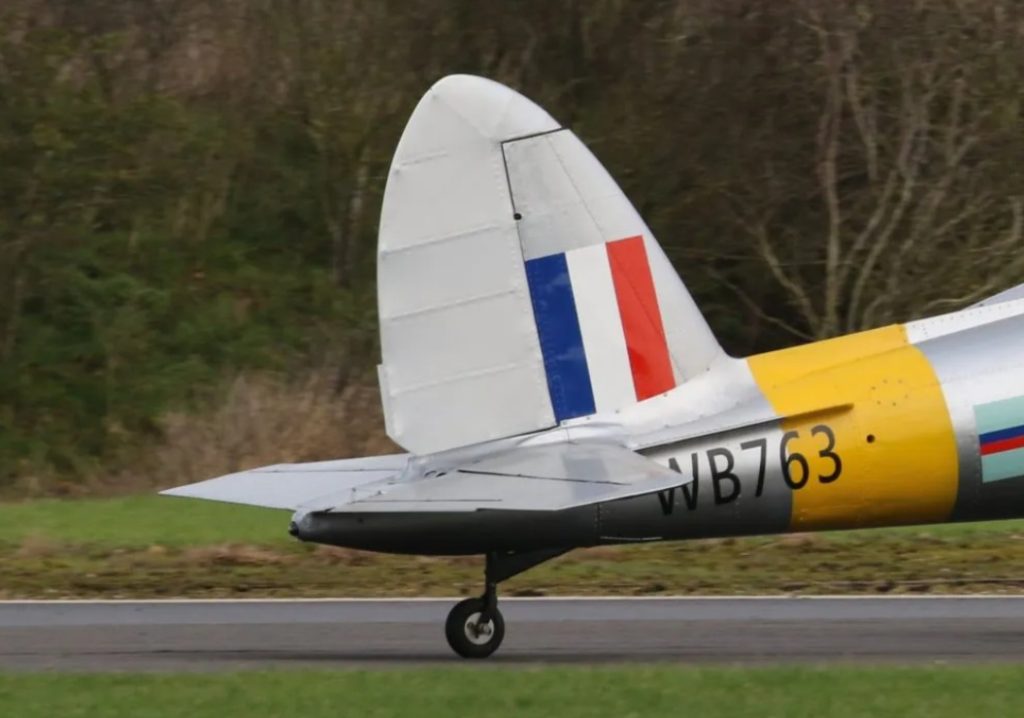
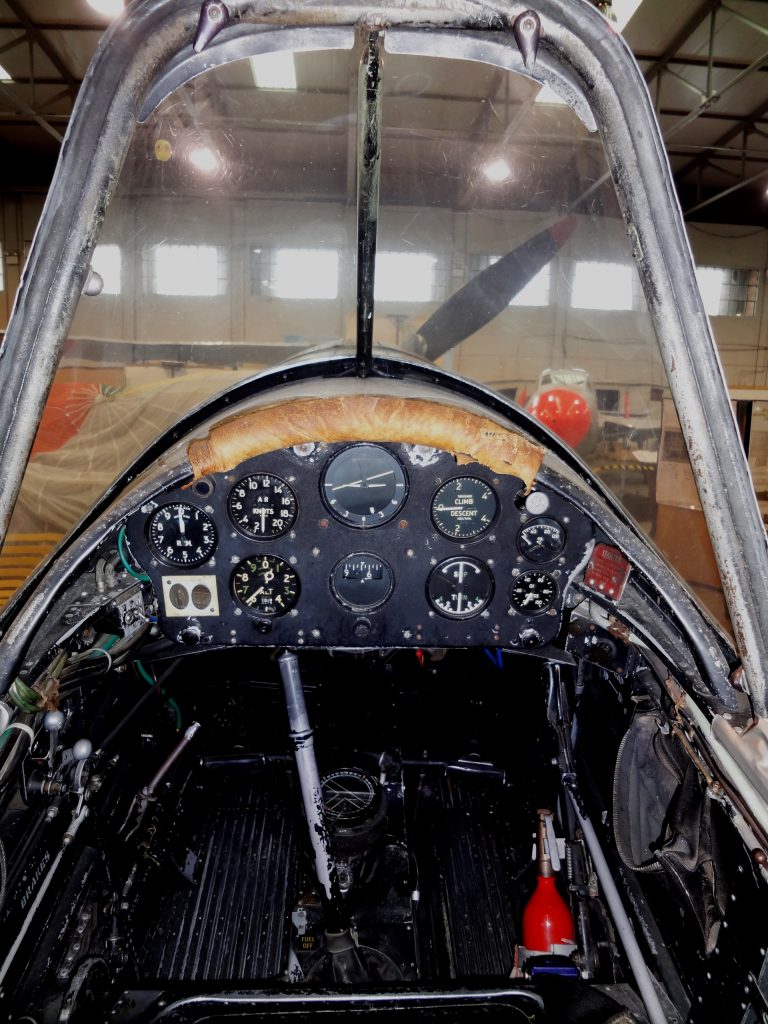
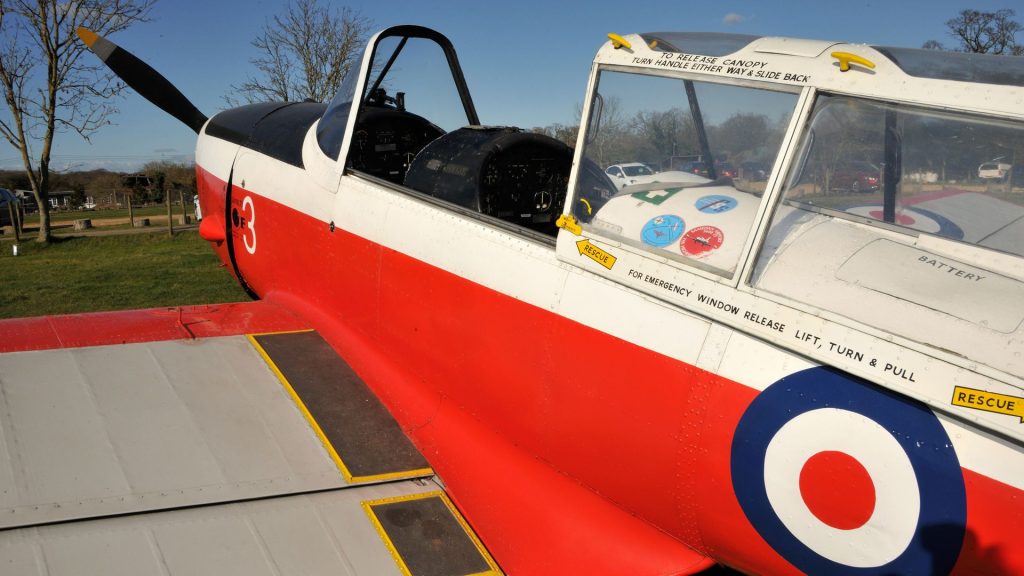
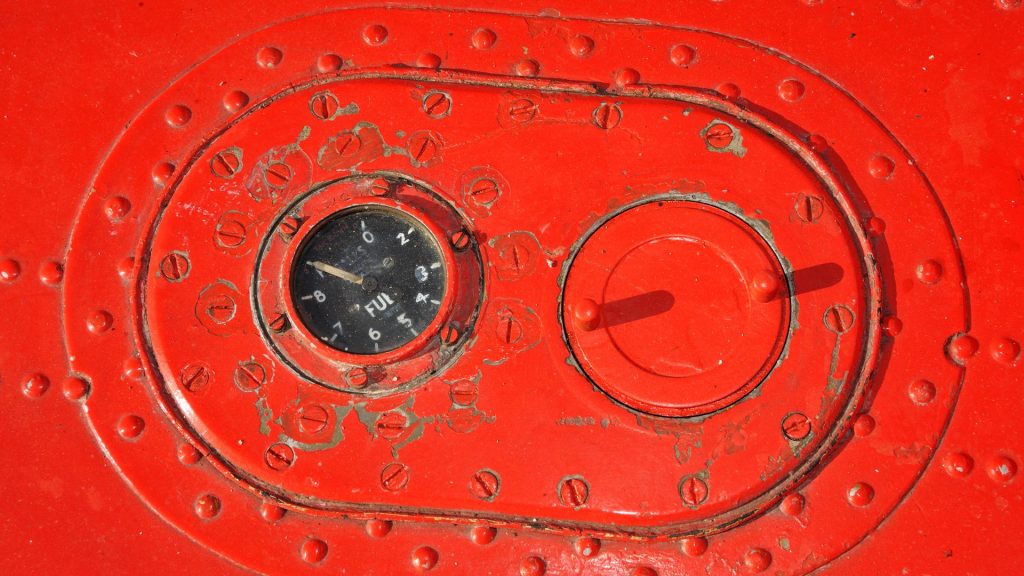
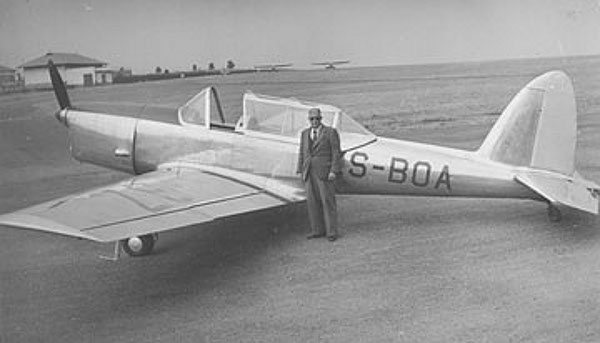
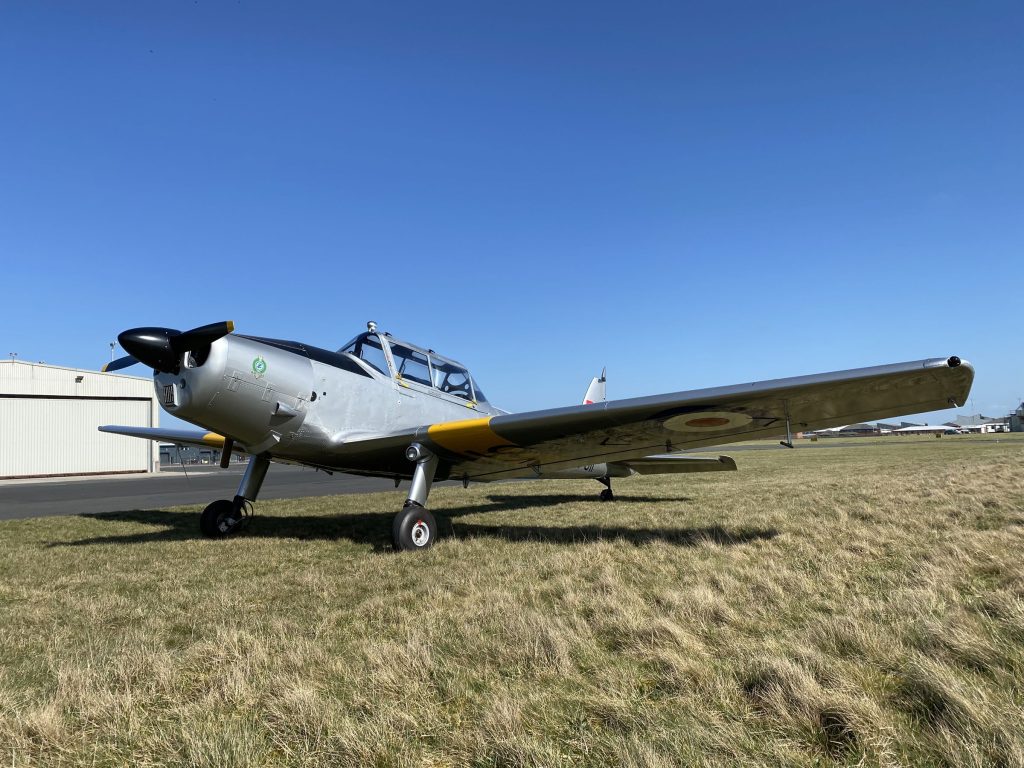
FLYING THE CHIPPY
A Chippy is the definitive example of, ‘If it looks good, it flies good’. There’s very little that looks, or flies, better than a Chippy. In fact, anyone who has flown a Chippy will tell you that the most impressive thing about it is its silky smooth control harmony. Everything is balanced so you always have exactly the right amount of aileron, rudder and elevator to make it do whatever you are thinking.
“The controls seem to run on needle sharp taper roller bearings; there’s none of that porridgey feel that you get on Yankee cable-operated controls. On the ground, you can put a finger lightly on the top of the stick and move it all the way in any direction and there’s no resistance at all.
Jim says, “Your first take-off is a surprise. If you simply open the throttle, as you would in a Cherokee, you will sail straight into the grass on the right-hand side of the runway. You have to add power s-l-o-w-l-y and let the airspeed give the rudder some bite. The problem is that initially there isn’t enough rudder authority to counteract the slipstream effect. And it goes right because it’s a pommy anti-clockwise engine.
You will soon get the hang of it, she is a forgiving lady, and tolerates fools graciously, but only those who treat her with respect.
I like to lift the tail as soon as possible, it reduces drag and lets you see where you’re going. At 53 knots she flies gently off the ground. Keep her level to 70 knots and then climb magnificently into the sky.
Now she’s in her element – you’re in a real aeroplane that cuts through the air with silky precision. She knows what you are thinking – she’s a dream machine. Visibility is wonderful, you can do anything you like. You are the king, or queen, of the sky.
Steep turns are embarrassingly easy, but don’t get cocky, if you pull it too tight, she will shudder and flick – which is brilliant for training. Stalls are a non-event, but there is no stall warning device. She shudders slightly and breaks at 49 knots clean, and a bit more enthusiastically at 43 knots with full flap.
Take your HASELLL checks seriously. Under A for Airframe think brakes. Make sure the hand brake is fully off otherwise it limits rudder travel, which can prevent spin recovery. The first turn of a spin is slow, then you get two quick ones, after which she settles into a steady, comfortable rotation with the nose about 45 degrees down. Recovery is normal, taking about one-and-a-half turns. For aerobatics you enter a roll at 110 knots, a loop at 120 knots and start a roll off the top at 135 knots. Tigers use the same numbers but in mph.
One of the reasons you will love the feel of a Chippy, apart from those superb controls, is that you sit bang on the centreline. Everything is symmetrical – turns feel exactly the same in both directions. You don’t perch on a lounge-chair, you sit deep in the aeroplane and become part of it. Your right hand rests lightly on that satin smooth stick, and your left falls comfortably on the throttle.
Everything about it feels like a proper aeroplane.
You glide at 70 knots and approach with full flap at 65 knots. When you do your BUMPPFF checks, make sure that the brakes are off. Landings are standard for taildraggers, there are no nasty surprises in three-pointers or wheelers and the nice wide undercarriage gives pretty good protection against digging a wing in if you happen to ground loop her.
AEROBATICS
Someone who has competitively flown aerobatics in the Chippy is Elton Bondi, who says, “When I wrote an SA Flyer article about the Chipmunk, I commented at how ‘well balanced, light and responsive’ the controls were. Contrary to what one may expect, basic aerobatics are easier to fly in the Pitts than in the Chipmunk, for a number of reasons. First, the Pitts has an inverted fuel and oil system, along with a dramatically improved power to weight ratio over the Chipmunk. This means that in a stall turn for example, with the Pitts you have time to set up and draw an accurate vertical line before waiting for that ideal moment to yaw the aircraft over with the effective rudder. With the Chipmunk one barely has enough energy to get the aircraft nearly vertical before the speed runs out. And one dare not get perfectly vertical or else the engine may quit because it has no inverted fuel feed. Because of its slow roll rate, a pilot has to use plenty of rudder in a Chipmunk to ensure a coordinated roll or else you will ‘scoop the roll’ and loose height.
On landing the Chipmunk is extremely well mannered; it floats placidly to earth and all but the most pronounced of bounces will be discreetly hidden by the generous oleos, which make the most ham-fisted of pilots feel great.
The entire Chipmunk experience is languid , from the moment of start-up where the vibration of the engine is absorbed by the relatively large airframe, through to the taxi where the oleos ensure a smooth ride on the most uneven of surfaces.
The Chipmunk is the ultimate gentleman’s carriage, perfect for a quiet stroll amongst the clouds on a balmy Sunday afternoon, old chap!
Jim Davis concludes; “In a nutshell: This is an honest aeroplane, probably the best trainer ever made, and a delight in the air. The worst thing about flying a Chippy is its tiny fuel tanks which all too soon force you to call, “Final for a full stop landing …”
.
